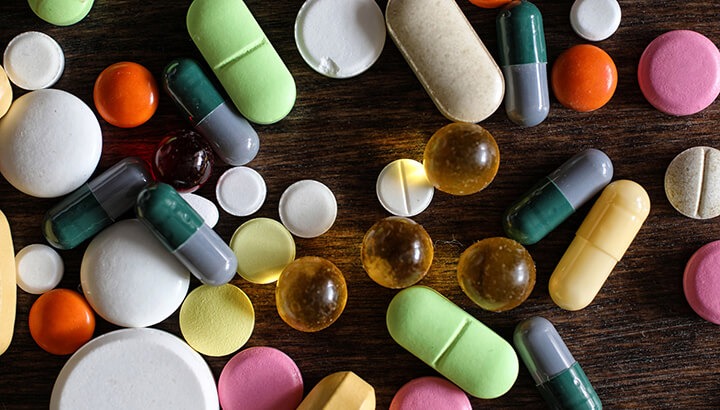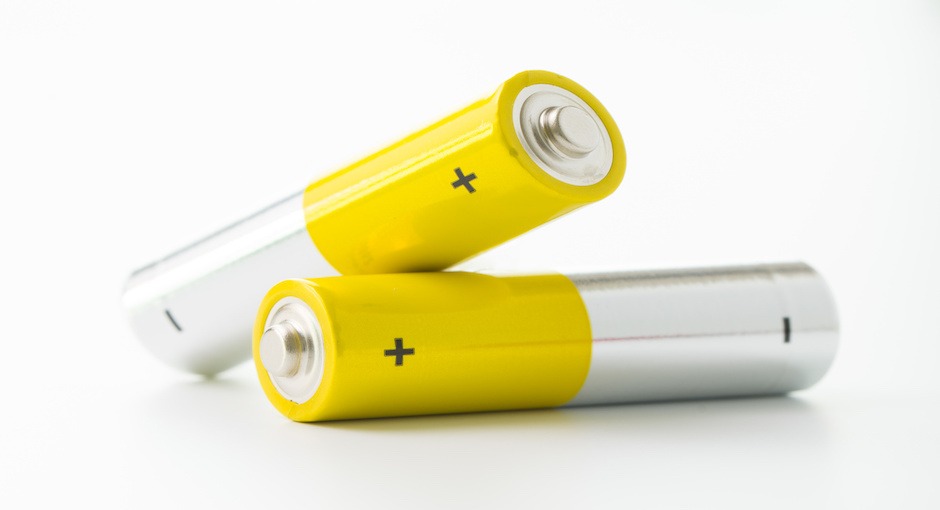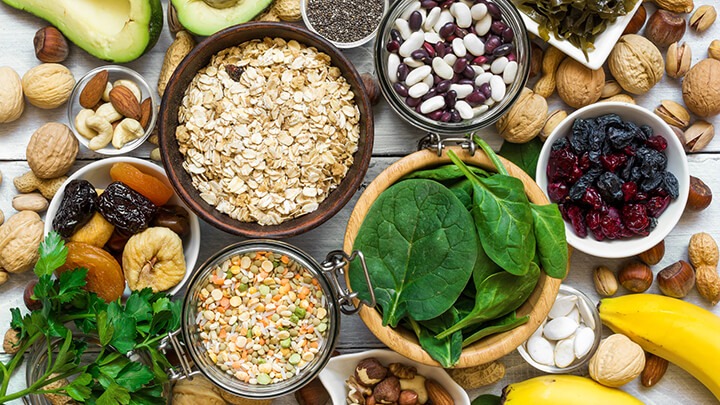You’ve undoubtedly heard the expression “an ounce of prevention is worth a pound of cure.” Unfortunately, that wisdom gets ignored or forgotten by both physicians and patients that would rather manage the symptoms of chronic diseases than address the lifestyle and dietary conditions that caused them in the first place.
Nowhere is this irony more obvious than in the case of diabetes, where there are literally 75 different medications available in the U.S. to treat this one disease. Many of these pharmaceuticals are extremely high-priced products, and mostly only manage the symptoms of the condition without addressing the root causes of this disease.
A Quick Primer On Diabetes
Just in case you need a refresher, diabetes is a metabolic disease that results in high blood sugar levels. High sugar levels in the blood can happen for two main reasons:
- The body loses the ability to manufacture insulin. This causes type 1 diabetes.
- The body loses the ability to utilize insulin. This causes type 2 diabetes.
Since insulin is the hormone that the body uses to move sugar from the blood into the cells, both situations have the same effect: high blood sugar.
In people with type 1 diabetes (T1D), the body’s own immune system attacks the insulin-producing cells in the pancreas. T1D is an autoimmune disorder and it is usually diagnosed in young people. Although an appropriate diet can help improve blood sugar management, people with T1D must take pharmaceutical insulin injections in order to survive.
But the majority of diabetes cases (between 90 to 95 percent) are type 2 diabetes (T2D). The problem here involves a condition known as insulin resistance, which occurs when there may be plenty of insulin available but it fails to do its job moving sugar out of the blood and into the cells. It’s like the key gets jammed in the lock and the door won’t open. This leads to a toxic accumulation of sugar in the bloodstream, which damages the cardiovascular system, the kidneys, the nerves, the retina, and other tissues and organs.
Diabetes Medications
I recently counted the number of different drugs on the list of approved medications for diabetes and came up with a total of 75! Yes… 75 drugs for one disease. Before we talk about why this is insane, lets review the various classes of medications on the list. Some are different varieties of synthetic insulin (most often in an injectable form) that replaces normal pancreatic insulin. There are several different types including:
- Rapid-acting
- Short-acting
- Intermediate-acting
- Long-acting
- Combination insulins
Most of these insulin medications are used by people with T1D but there are some people with severe T2D that require injectable insulin too.
There’s an even wider selection of medications for people with T2D. There are six main classes of medications with tongue-twisting names like biguanides, sulfonylureas, meglitinides, thiazolidinediones, dipeptidyl peptidase IV inhibitors and α-glucosidase inhibitors. Collectively, the drugs in these classes are designed to do things like:
- Improve insulin sensitivity
- Reduce the amount of blood sugar produced by the liver
- Help muscles absorb glucose
- Mimic hormones that decrease appetite
- Slow the emptying of the stomach
- Improve the way the body utilizes insulin
- Stimulate the beta cells in the pancreas to produce more insulin
- Help fat cells use insulin more efficiently.
The science of biochemical engineering behind these medications is impressive and there is no question that they can be important tools for diabetics with poor blood sugar control. But these drugs are certainly not the only solution, they can have severe side effects, and they do not address the root causes of the disease.
Diabetes Is Almost Always Preventable
Sadly, many patients do not appreciate the role that poor diet, lack of exercise and other lifestyle factors play in precipitating diabetes. And there are others who understand the role of diet and lifestyle, but still prefer to take diabetes medications rather than modify their meal plan.
There is an unmistakable and even tragic irony at work here. As a society, we are investing vast resources on medications to treat a lifestyle disease while we devote comparatively little towards nutritional education and disease prevention.
And here lies the rub: according to the CDC, type 2 diabetes is 95 percent preventable through better lifestyle choices including:
- Eating a plant-based diet
- Avoiding foods with added sugar
- Avoiding processed foods
- Getting at least 30 to 60 minutes of physical activity daily
- Minimizing saturated fat
- Avoiding soda
- Losing excess weight
As we’ve seen, there are dozens of drugs that help manage the symptoms of diabetes, but they tend to be very expensive and they do not treat the underlying cause of the disease. Despite costing a fortune, these medications alone often cannot save patients from the consequences and complications of diabetes, which can include blindness, amputations, kidney problems and cardiovascular disease.
But there is a simple, inexpensive and well-established way of preventing and reversing this devastating disorder. It boils down to eating better (and eating less), doing physical activity every day, getting plenty of sleep and managing stress well. How’s that for a safe and effective solution? No copay required…
Take good care,
Dr. Josh








